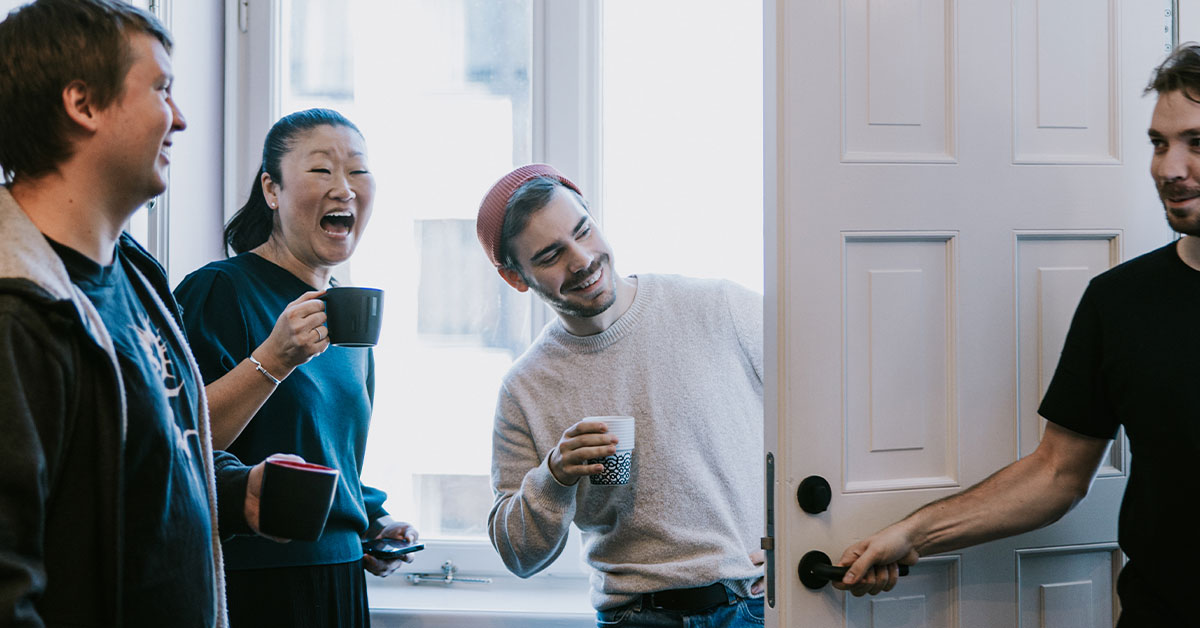As Staffing Managers, we have been at the heart of the business and meeting people for more than four years. During this time, we have doubled the size of our unit and scaled our operations to meet today’s needs without losing sight of the people or the business. It is important to us that we work in line with Solita’s values, because we believe that business success is the result of happy people doing work that is meaningful to them.
A transparent rotational culture is a prerequisite for successful rotation
In recent years, we have actively promoted the Solitan rotational culture. One of the most important things has been to increase transparency between the different stakeholders. In the past, rotation requests were downright bogeymen for account managers, because it was seen as a lot of work. Today, rotation is understood as part of our culture and its implementation is controlled. This is a huge change that the systematic development of our rotational culture has brought about – and one that we want to maintain.
In a solitary rotation culture, the expert also plays an active role in the success of the rotation. He or she must ensure that the project documentation is in order and that there is always at least one other person behind things. The earlier the future rotation is taken into account, the easier it will be.
We say that the preparation for the rotation starts on the day the software developer starts on the project.
At the heart of what we do is close collaboration, which enables us to do better. We focus a lot on the quality of what we do and believe that quality project work equals successful rotation.
Rotations are carried out with a strong service attitude
Rotation is considered from three perspectives – the expert, the client and Solita. Rotation makes sense if the conditions for success can be identified in each sector. It is very important to us that we respect the promise made to the expert in relation to the rotation requests. In many cases, an expert has a desire to work in a particular technology or industry, for example. We always try to find a couple of projects for the expert to choose from.
Experts have been a little confused about how much influence they have over the next project they work on.
Staffing is a key element of successful rotations and is wanted to be a visible part of the daily life of the solitaire. The aim is for staffing to be a visible part of everyday life in the solitaire, so that we can keep track of the skills that will be released through rotation in the near future. This will help to identify the opportunities that future rotations will bring for experts and for the business.
Rotation is influenced by the role of the expert in the client relationship, the reason for the rotation, the technologies in use, the possible need for a replacement and, of course, the expert’s wishes for the future role. When looking for a new project, the focus is not only on existing projects, but also on projects in the sales pipeline.
The timeframe for the implementation of rotation in Solita is typically 3-6 months.
During this time, the specialist will be looking for a new project and will ensure the smooth continuation of a previous customer project after the rotation.
There can be a variety of reasons for a rotation. For example, the expert may want to develop his or her skills in a different direction or the project may no longer feel meaningful to him or her. If the rotation request is related to a project, the first step is usually to find out how the situation in the project could be improved. In the rotation discussions, things sometimes come up that are not going well in projects. The open discussion between the expert and the staff has enabled challenges to be resolved at an early stage. Staffing has brought the necessary external perspective to identify challenges. This has helped to build new ways of working and to overcome challenges in teamwork. Through collaboration, a project that felt uncomfortable has been put back on track and the work feels meaningful again. And the expert hasn’t had to change projects.

